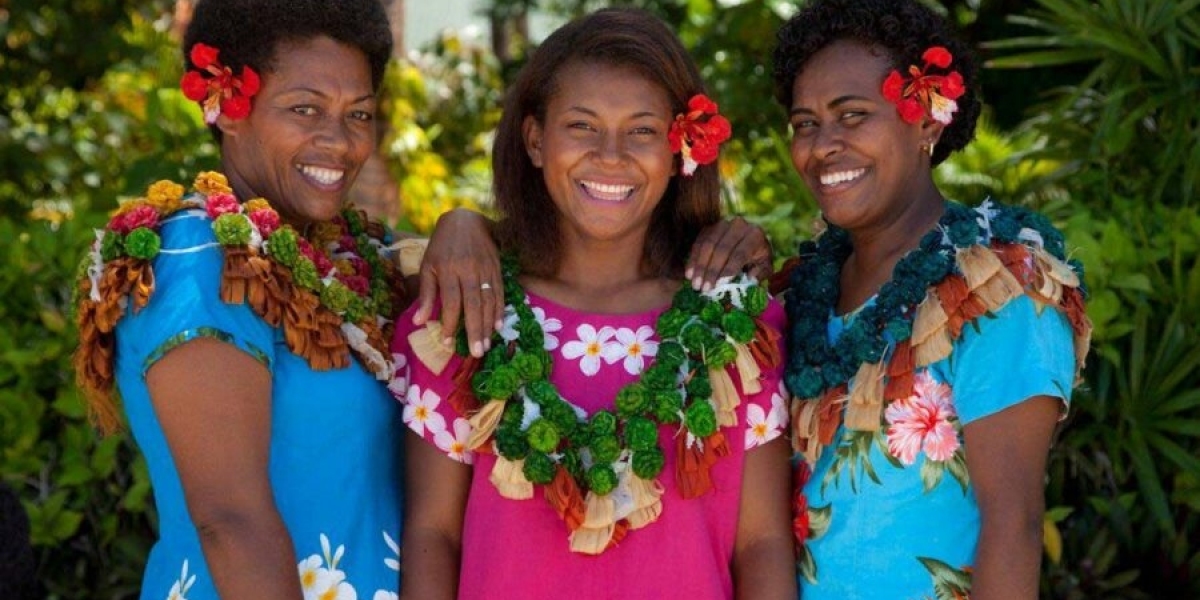Cultural diversity is the cornerstone of human civilization, enriching societies with a tapestry of languages, traditions, customs, and beliefs. In today's interconnected world, the celebration and understanding of cultural diversity are more crucial than ever. This article explores the profound significance of cultural diversity, its benefits, challenges, and ways to foster inclusivity in diverse communities.
Understanding Cultural Diversity:
Cultural diversity refers to the coexistence of various cultural groups within a society, each contributing its unique perspectives, practices, and values. These cultural differences encompass aspects such as ethnicity, language, religion, race, gender identity, sexual orientation, and socioeconomic status. Embracing cultural diversity involves recognizing and respecting the inherent dignity and worth of all individuals, regardless of their cultural background.
Benefits of Cultural Diversity:
1. Enriched Perspectives: cultural diversity exposes individuals to different worldviews, fostering empathy, tolerance, and understanding. Interacting with people from diverse backgrounds broadens one's perspective and promotes open-mindedness.
2. Creativity and Innovation: Diverse teams bring together a range of experiences and ideas, leading to creative problem-solving and innovation. Cultural diversity fuels creativity by encouraging the exchange of insights and approaches from various cultural contexts.
3. Economic Growth: Cultural diversity stimulates economic growth by fostering entrepreneurship, trade, and cultural exchange. Diverse communities attract investment, tourism, and talent, driving innovation and competitiveness in the global market.
4. Social Cohesion: Embracing cultural diversity promotes social cohesion and harmony by bridging divides and fostering a sense of belonging for all members of society. Inclusive communities are more resilient and better equipped to address social challenges.
5. Cultural Heritage Preservation: Cultural diversity preserves and celebrates the rich tapestry of human heritage, safeguarding traditional knowledge, languages, and practices for future generations.
Challenges of Cultural Diversity:
While cultural diversity brings numerous benefits, it also presents challenges that must be addressed:
1. Prejudice and Discrimination: Deep-rooted biases and stereotypes can lead to prejudice and discrimination against individuals or groups based on their cultural identity. Combatting prejudice requires education, awareness, and proactive measures to promote inclusivity and equality.
2. Language Barriers: Communication barriers arising from linguistic diversity can hinder effective interaction and collaboration. Providing language support and promoting multilingualism can help bridge these gaps and facilitate meaningful engagement.
3. Social Segregation: Cultural diversity can sometimes lead to social segregation or the formation of isolated cultural enclaves within society. Encouraging intercultural dialogue, interaction, and integration is essential for building cohesive and inclusive communities.
4. Cultural Appropriation: Cultural diversity must be celebrated with sensitivity and respect, avoiding the appropriation or commodification of cultural elements without proper understanding or acknowledgment. Cultivating cultural competence and practicing cultural exchange with integrity are vital in fostering mutual respect and appreciation.
5. Conflict and Misunderstanding: Miscommunication and misunderstandings arising from cultural differences can escalate into conflicts or tensions within diverse communities. Promoting cultural literacy, empathy, and conflict resolution skills can help mitigate these challenges and promote peaceful coexistence.
Fostering Inclusivity:
Promoting inclusivity and embracing cultural diversity requires collective effort and commitment from individuals, communities, institutions, and governments. Some strategies for fostering inclusivity include:
1. Education and Awareness: Promote cultural literacy, empathy, and understanding through education, cultural exchange programs, and diversity training initiatives.
2. Intercultural Dialogue: Encourage dialogue, collaboration, and mutual learning among individuals and cultural groups to promote understanding and bridge divides.
3. Policy and Legislation: Implement policies and legislation that promote equality, non-discrimination, and the protection of minority rights within diverse societies.
4. Community Engagement: Foster inclusive communities through grassroots initiatives, cultural festivals, and community-building activities that celebrate diversity and promote social cohesion.
5. Representation and Participation: Ensure diverse representation and participation in decision-making processes, institutions, and media platforms to amplify diverse voices and perspectives.
Conclusion:
Cultural diversity is a source of strength, resilience, and richness in our global community. Embracing and celebrating cultural diversity fosters unity, understanding, and cooperation, leading to a more inclusive, equitable, and harmonious society. By recognizing the intrinsic value of every culture and individual, we can build a brighter future where diversity is not only accepted but cherished as a fundamental aspect of human identity. Together, let us embrace unity in diversity and strive for a world where all cultures thrive and flourish in harmony.









